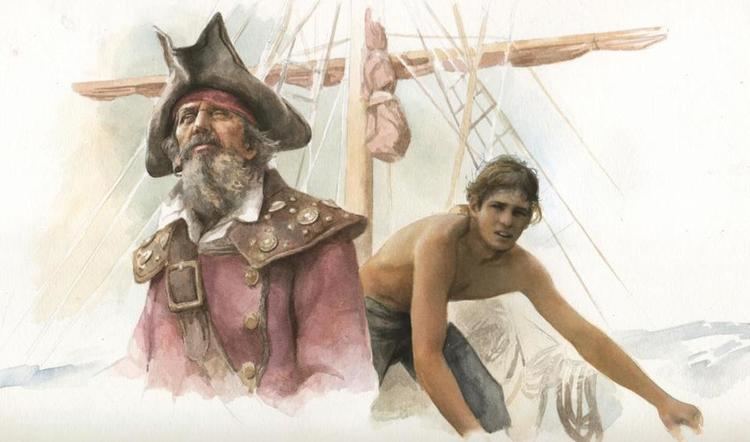Name Philip Ashton | Died 1746 | |
 | ||
Philip Ashton (1702—1746) was a castaway on uninhabited Roatán island in the Gulf of Honduras for 16 months in 1723/1724. His memoirs about his solitary stay were published in book form in Boston in 1725. However, some people believed the book was a novel in the style of Robinson Crusoe(1719). However, unlike Robinson Crusoe, Ashton's ordeal was genuine; he was born in Marblehead, Massachusetts in 1702 and married twice.
Castaway life
In June 1722, Ashton was captured by pirates while fishing near the coast of Shelburne, Nova Scotia. In the Boston News Letter of 9 July 1722, Ashton was listed as being one of those captured by the pirate Edward Low. As Ashton refused to co-operate with the pirates, he was often threatened. He managed to escape in March 1723 when the pirates landed at Roatán Island in the Bay Islands of Honduras, hiding in the jungle until the pirates decided to depart without him. He survived for 16 months, in spite of many insects, tropical heat and alligators. In the beginning he seems to have eaten only fruit, because he only had his hands to collect food; he could not kill any animal. He had no equipment at all until he met another castaway, an Englishman. A few days later the Englishman "went out but he never returned." The Englishman left behind a knife, gunpowder, tobacco and more. Ashton could now kill tortoises and crayfish and make fires to have hot meals. Ashton was finally rescued by the Diamond, a ship from Salem, Massachusetts.
